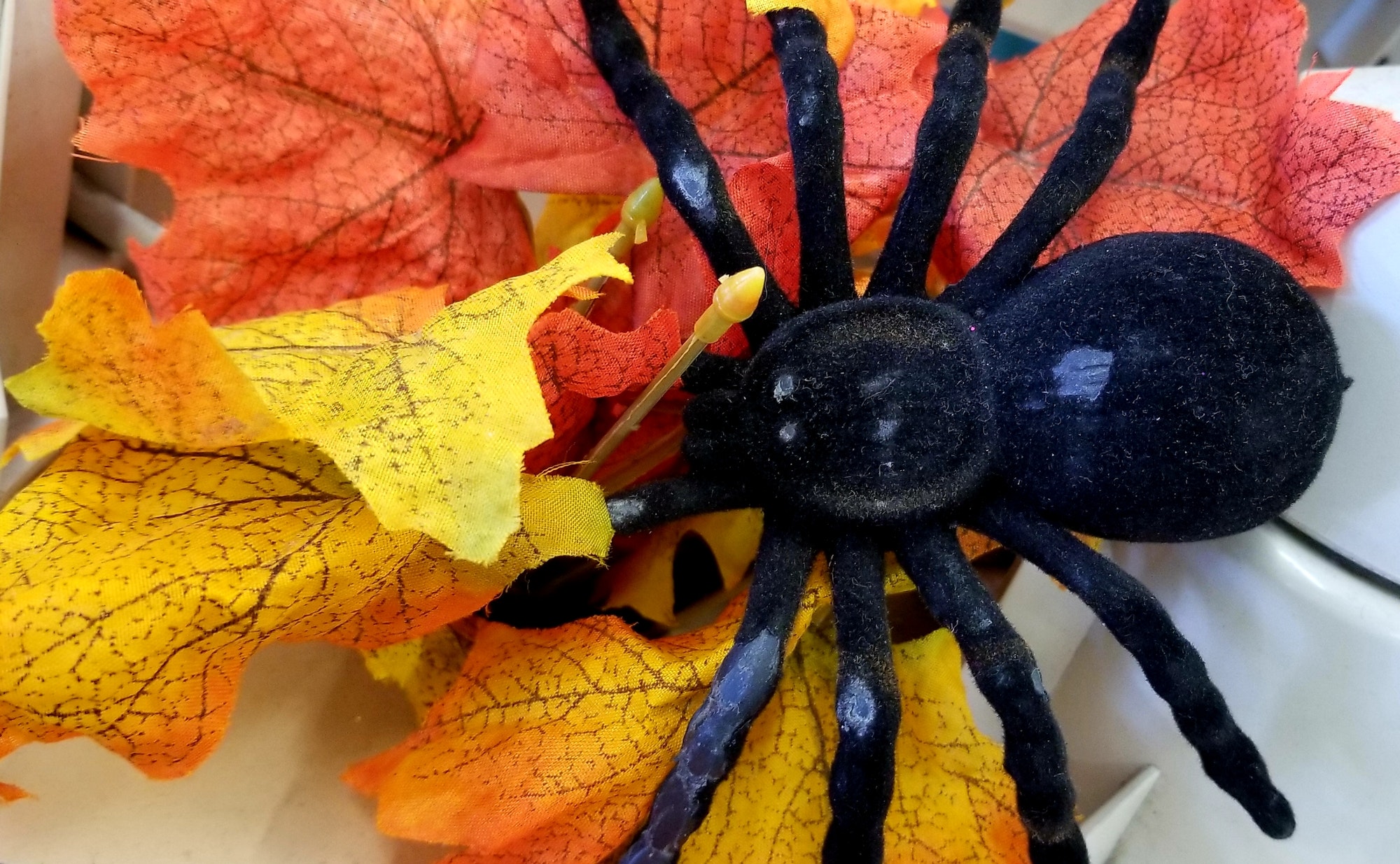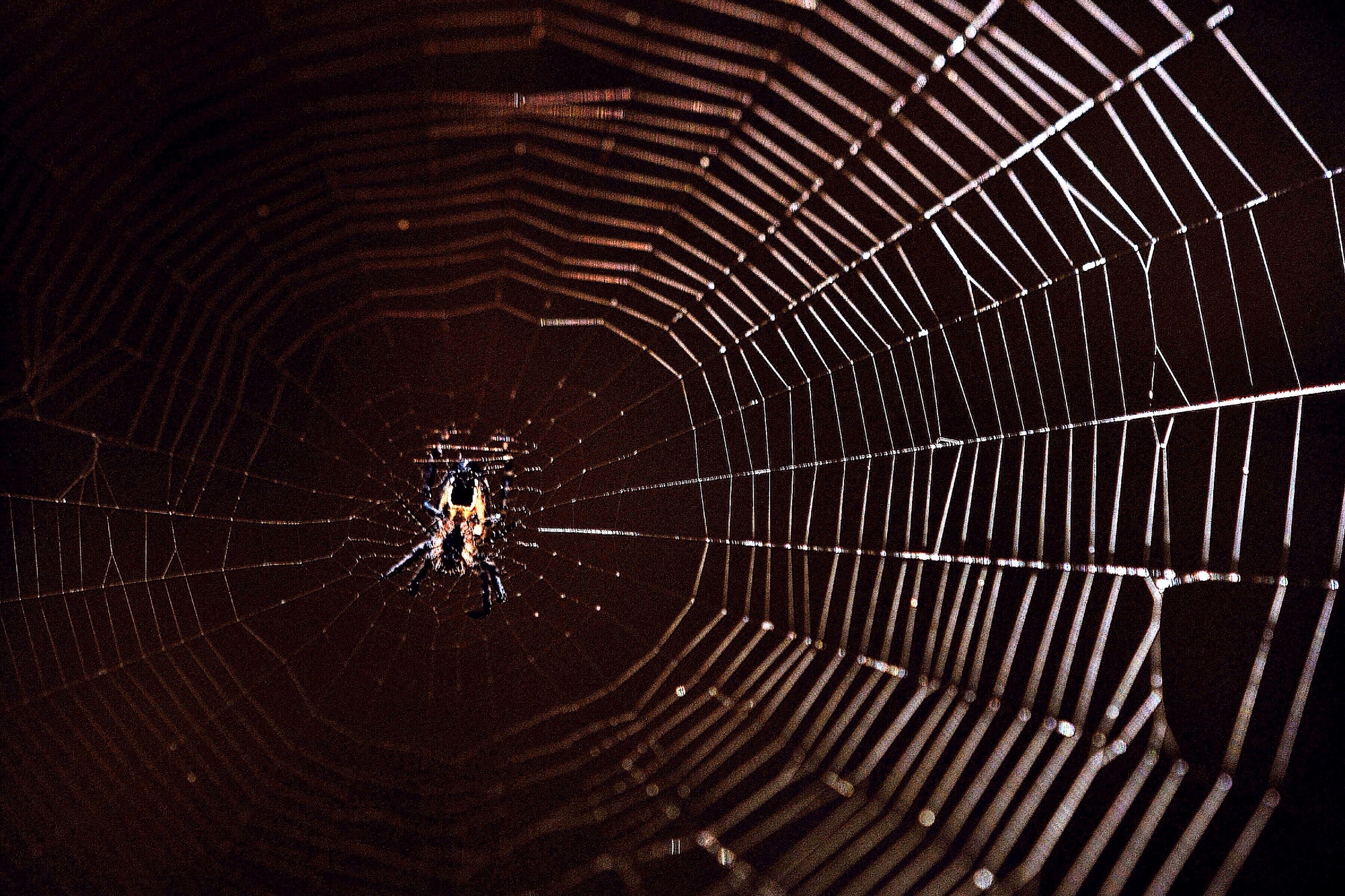Which Spiders in The U.S Are Venomous?
Spiders are one of the most known species of arthropods. They are almost seen everywhere and more people are familiar with how it looks. There are over 45,000 known species of spiders in existence and they have the unmistakable physical features of eight legs and fangs in their mouth.
Most people consider them as pests. I could not at all blame the people who hate spiders for there is a huge variety of their type and you don’t know which ones are poisonous or not especially when you don’t have the knowledge about spiders.

In the United States, there are 302 confirmed different species of spiders. In the frictional movie Spiderman, Peter Parker was bit by an unknown species of spider that gave him spider-like instincts and turned him into a superhero.
In real life, that is almost never gonna happen and far from being true because a bite from a poisonous spider can lead to death. Even though some of them are poisonous, their function is essential in maintaining the ecosystem’s food chain. Here I will discuss some of the most venomous spiders that can be found in the United States.
One of the most known venomous spiders found in the United States is the Black Widow Spider, scientific name of Latrodectus mactans. A red hourglass-shaped mark found in their abdomen is one of their unique characteristics. A male black widow usually has red and white stripes on each side of their abdomen. Female black widow spiders tend to eat and kill male species after mating that is why they are barely seen in the ecosystem.
A bite from a black widow spider can cause nausea, severe muscle pain, and difficulty breathing. Most people can recuperate from a black widows bite but would often leave serious complications. The symptoms may last from a range of twelve hours to several days. Young children and the elderly are the ones who usually have a higher fatality rate. They are commonly found in Texas, Oklahoma, Kansas, Nebraska, Colorado, New Mexico, Arizona, Utah, Nevada, California, Oregon, and Washington because their species prefer the warmer temperature.

Another one of the deadliest and poisonous arachnids is the Brown Recluse Spider, aka Loxosceles reclusa. It has a distinguishable violin-shaped marking at the top of their head and a darker shade of brown means it is more mature. Their eyes are a more reliable way to identify spiders of their kind. A spider typically has eight eyes but Brown Recluse Spiders only have six eyes. They also have long thin slanted legs with fine hairs making it easier for them to be identified.
According to the National Institutes of Health, people who got bitten by a brown recluse spider must seek immediate help. Although 90 percent of people bitten by these types of spiders recover without medical help, it’s still good to be mindful of how the venom will react in our body. Some would experience severe symptoms like chills, fever, nausea, vomiting, itching and discomfort while others will not. A severe case of its bite would destroy the human skin tissue and would require surgery to have it removed.
There is no known antivenom for a brown recluse spider bite but washing the area where a person got bitten and wrapping it with ice would lessen the severity of the bite. They usually live in Texas, Oklahoma, Kansas, Louisiana, Arkansas, Mississippi, Missouri, Alabama, Tennessee, Kentucky, Ohio, Indiana, Illinois, Iowa, Nebraska and some parts of Georgia.
Hobo Spiders are the last one on my list. They are also considered as one of the venomous spiders usually found in the states of Oregon, Idaho, Utah and Washington. A hobo spider’s habitat is typically outdoors and their name came from the idea of them being mostly found in railroad tracks. Unlike the Black Widow and Brown Recluse Spiders, Hobo spiders are far more difficult to identify for their physical features are mostly similar to the typical non-venomous spiders.
It is unlikely to be bitten by a hobo spider because they would normally flee away in human presence. Once bitten, the victim would usually develop severe pain, redness and leg twitching which will last for 12 hours. According to a recent study by the Centers for Disease Control and Prevention, the bite caused by hobo spiders no longer damages or decays the skin tissue. A fatality from this spider’s venomous bite is rare.








